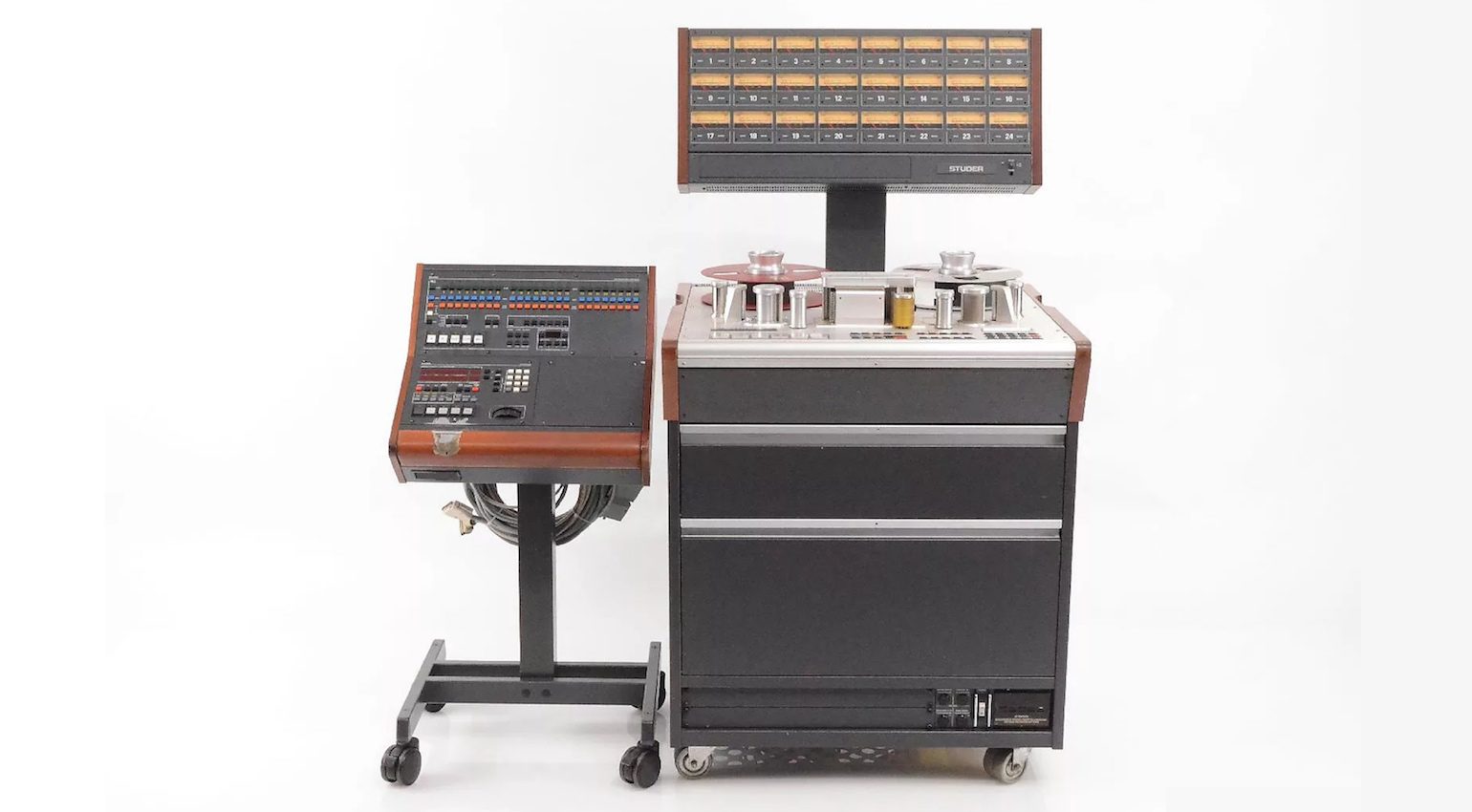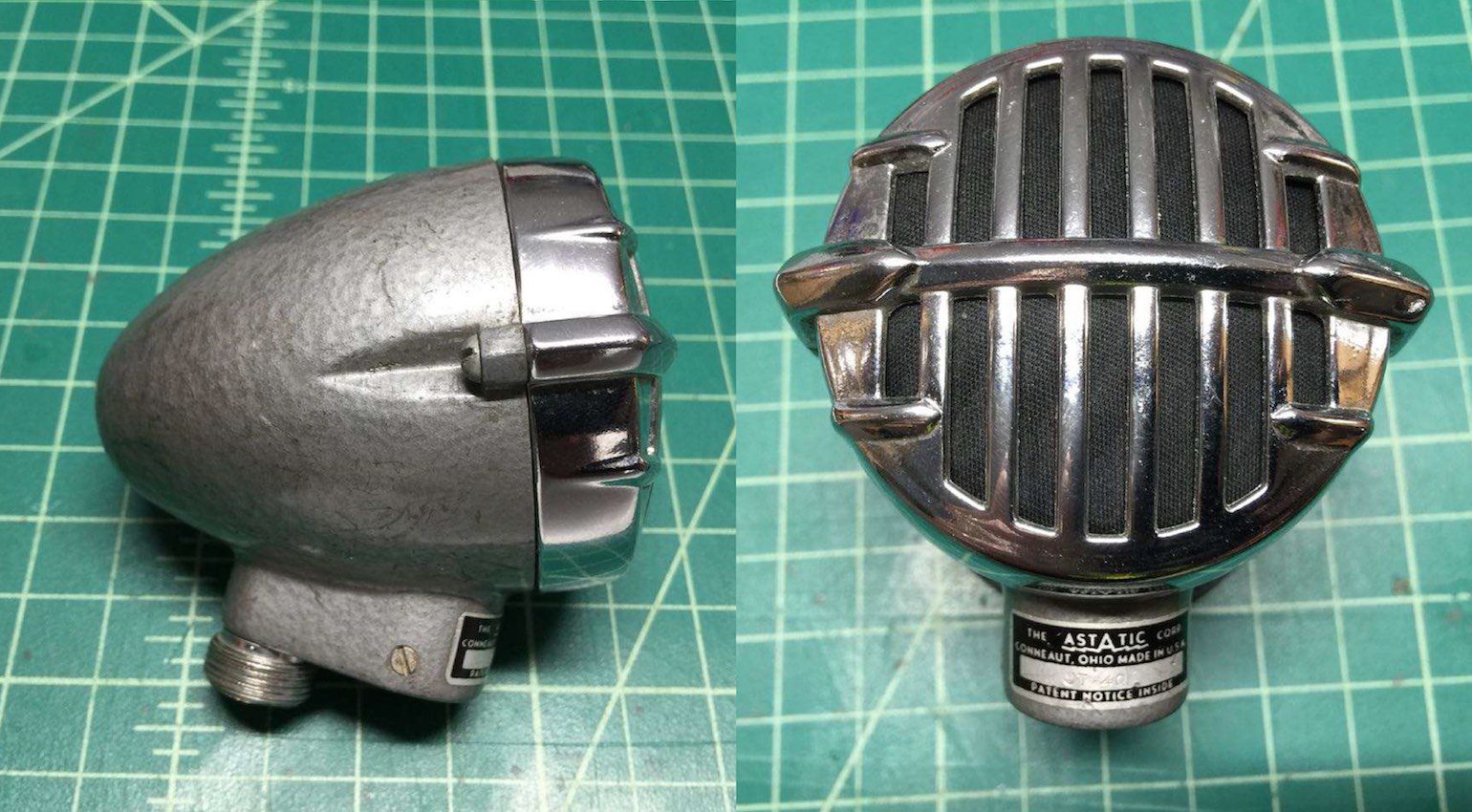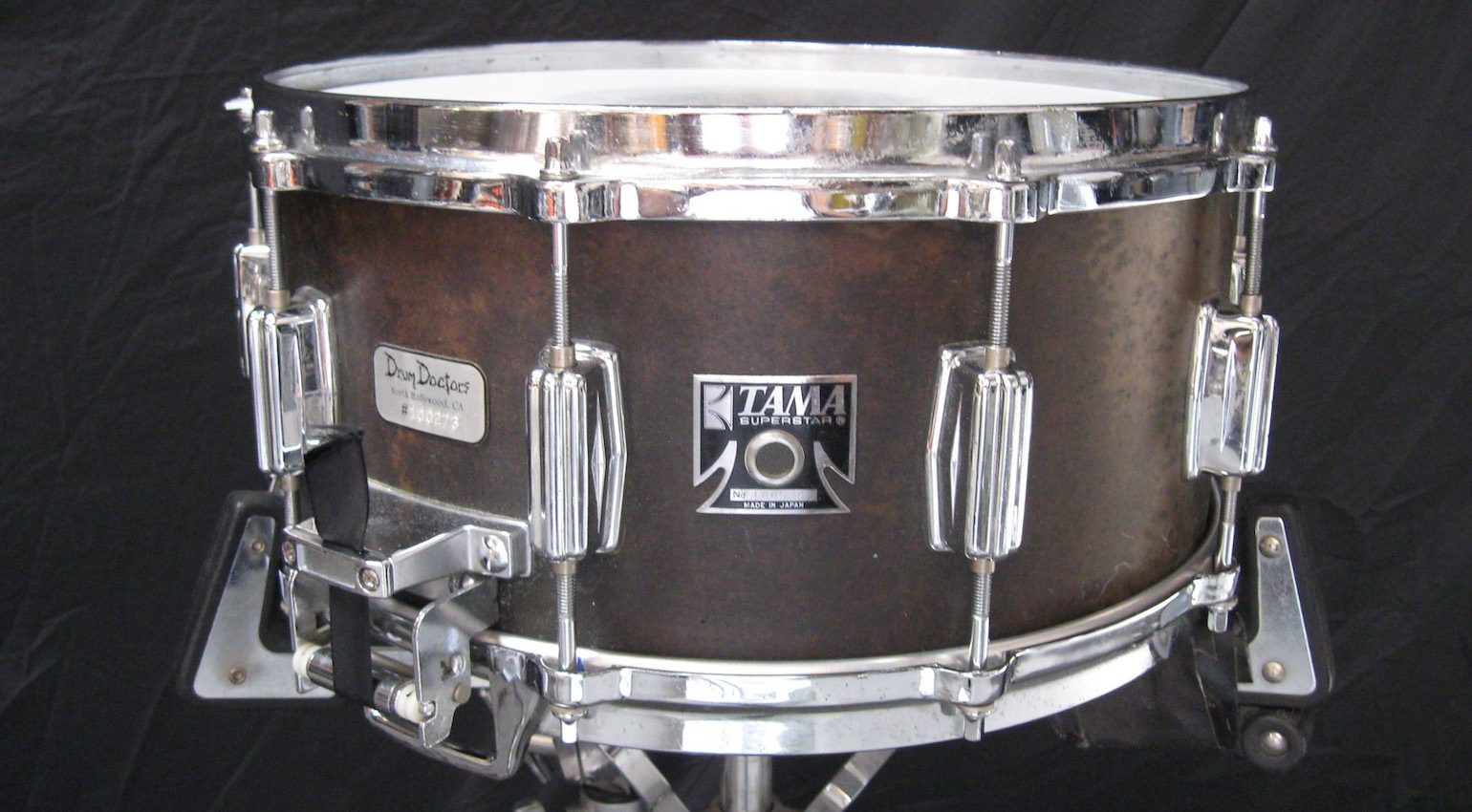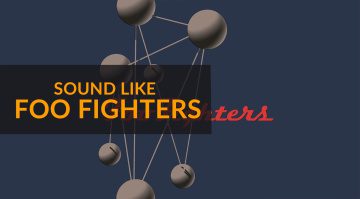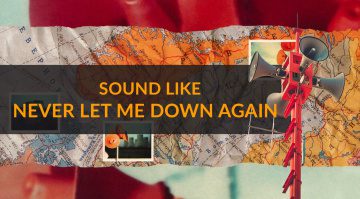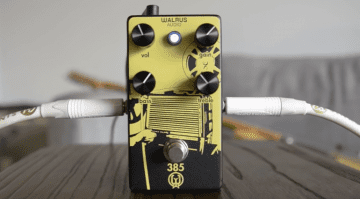The Roswell Incidentals: How To Sound Like Foo Fighters
The Foo Fighters began as a solo project of former Nirvana drummer, Dave Grohl, and steadily grew to become one of the most successful bands in the last 30 years.
Although there were offers from Pearl Jam and Tom Petty to continue work as a drummer when Nirvana disbanded, Dave instead chose to hit the studio and record what became the debut Foo Fighters album in late 1994.
The demo circulated throughout industry circles and quickly garnered interest from record labels including Capitol Records, and by early 1995, Foo Fighters were performing their first shows as a band.
The Foo Fighters Sound
A strong DIY focus runs at the core of the Foo Fighters’ creative process early on, and as Dave became a more competent vocalist, guitarist, and frontman, he also improved drastically as a songwriter, and the results speak for themselves.
This punk rock mentality made the songs stand out instantly in the musical landscape of the mid-1990s, among the likes of Oasis, Radiohead, and The Smashing Pumpkins.
Studer A827
At the time of recording The Colour and The Shape (1997), there was a “strictly no Pro Tools” sentiment shared by recording engineer Bradley Cooke, producer Gil Norton, mixing engineer Chris Sheldon, and of course Dave himself.
The heavyweight A827 is one of the finest Studer multitrack machines ever built and its release marked the pinnacle of the manufacturer’s success in the recording industry.
For a similar sound, the innovative RND 542 module is still one of the best ways to emulate the characteristics of tape saturation, with a versatile set of controls to work with.

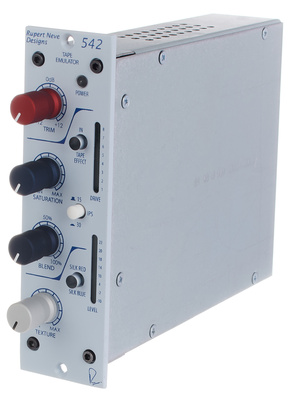
Astatic JT-40
The grungy lo-fi melodic sound was essential to the Foo Fighters DNA on their early albums. The iconic Everlong guitar intro as well as some of the vocal harmonies were recorded with an Astatic JT-40 harmonica microphone which has a muted high-frequency range.
In addition, the female backing vocal parts were recorded via telephone and then re-amped with a U87, which is an intriguing method, to say the least.
With the help of some EQ, you could recreate the sound of the JT-40 with the SE Hohner HB52 harmonica mic.

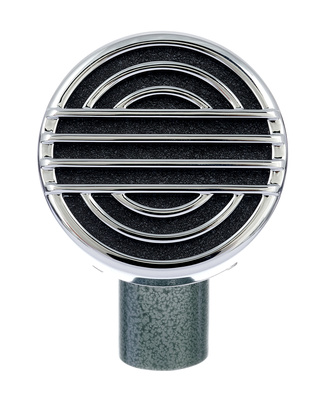
Gibson RD Standard
Guitars on The Colour and The Shape consisted of two main rigs, Dave’s Gibson RD Standard running into a Fender Tone Master blonde head with a Mesa Boogie 4×12, and Pat’s Hagstrom was paired with Kurt Cobain’s live rig, both mic’d with a 57/87 combo.
The RD Standard was designed in collaboration with Bob Moog and had passive circuitry, Schaller tuners, a tune-o-matic bridge and stop tailpiece, as well as two volume controls, master treble and bass controls, and a 3-way pickup selector.
The unique shape and electronics of the RD Standard make it difficult to replicate. However, with the ESP LTD Phoenix, you could get a similar feel with some vintage humbuckers.


Neumann U67
Dave’s vocal chain started with the U67 tube microphone and then into the console’s 1084 channel strips with a DBX 160 and a Teletronix LA-2A as inserts.
The 160 is used to shape the initial peaks of the transients and actually makes a slower compressor like an LA-2A perform even better as it brings out the subtle nuances of the vocal performance.
Recreating vintage vocal chains is relatively impossible, but if you’re in the market for a Neumann U67 you probably have some great ideas on how to use it.

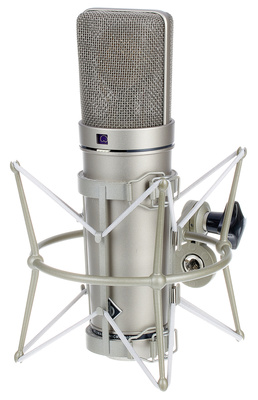
Tama Bell Brass Snare
Arguably one of the most famous rock snare drums of all time, the Tama “Terminator” Bell Brass snare creates an incredibly rich sound that translates the drummer’s performance with ease.
During the Colour and Shape sessions at Grandmaster Recorders, Ross Garfield from Drum Doctors used a Gretsch kit around this snare to create the drum sound we still love today.
You can still get Bell Brass Snares from Tama today, although they are certainly not on the “affordable” end of the spectrum.

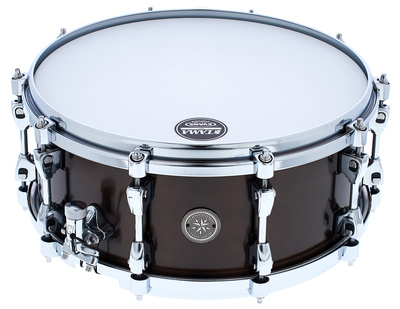
Which of your favourite artists would you like to see in our sound-alike series? Please let us know in the comments below!
More about Foo Fighters:
Videos:
You are currently viewing a placeholder content from YouTube. To access the actual content, click the button below. Please note that doing so will share data with third-party providers.
You are currently viewing a placeholder content from YouTube. To access the actual content, click the button below. Please note that doing so will share data with third-party providers.
*Note: This post contains affiliate links and/or widgets. When you buy a product via our affiliate partner, we receive a small commission that helps support what we do. Don’t worry, you pay the same price. Thanks for your support!
 3,4 / 5,0 |
3,4 / 5,0 | 

